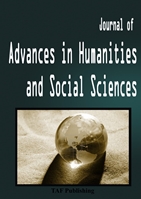
|
Published online: 2019
Abstract
China’s political reform has been delayed and suspended for more than 40 years. While there is a consensus that the economic reform must be supported and sustained by a fundamental political reform, the feasible priorities, specific procedures, and reasonable time line are still very contentious. The article briefly discusses five leading schools on the study of the Chinese Communist Party (CCP) reform, including the schools of resilience, democratic centralism, the top-down reform, the separation of decision-making, executive and supervision powers, and the multi-candidate election. Using empirical study through interviews and surveys with Chinese scholars and government officials, the article argues that successful political reform relies on the substantial intra-party reform and competitive elections. Furthermore, this article addresses some critical issues related to the checks and balances system, proposing the three key steps designed to implement CCP’s political reform, including multi-candidate elections, the permanent system of the party congress representative, and a system of separation of triple powers with the CCP’s characteristics. |